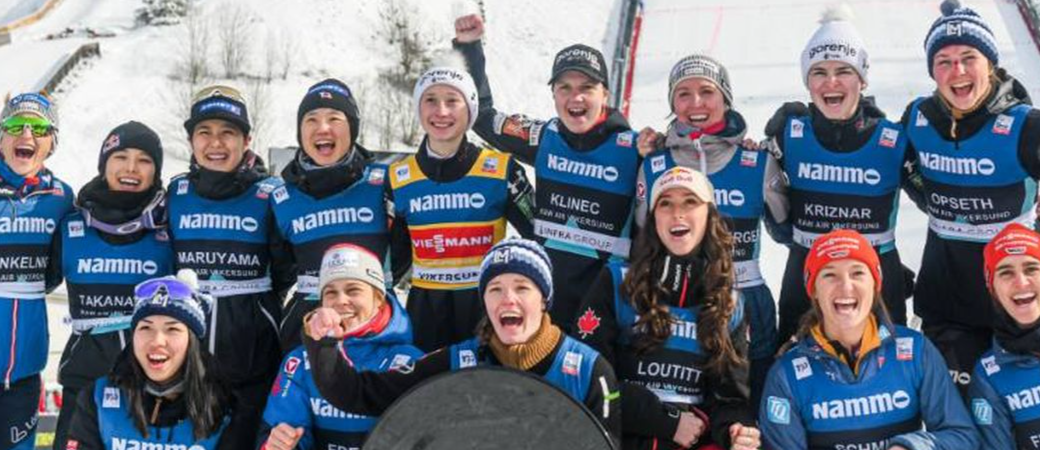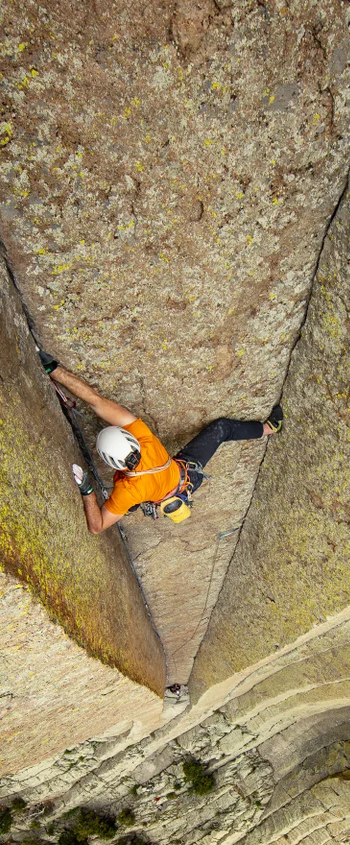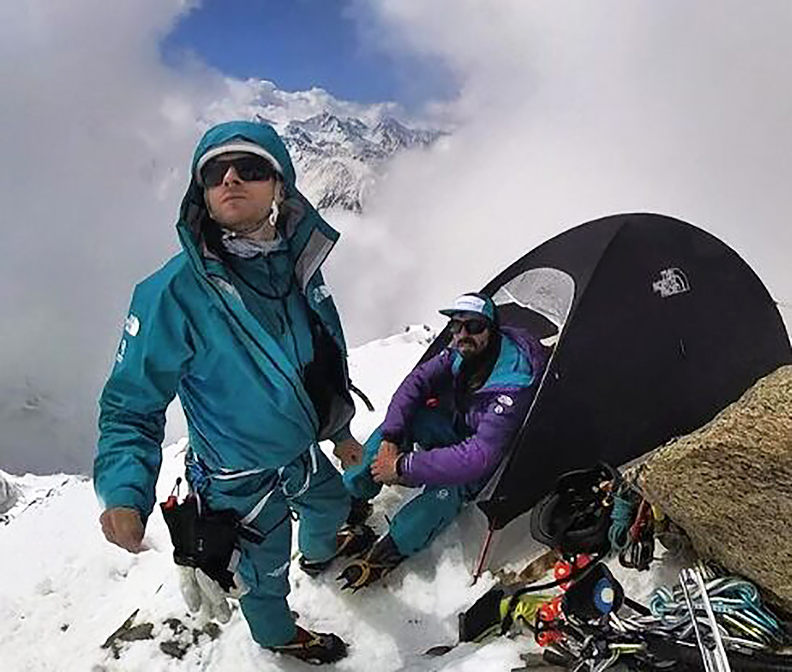Record Breaking Feats Highlight X Games Ventura 2024
In a spectacular display of athleticism, X Games Ventura 2024 witnessed historic records being shattered in skateboarding competitions.
The event’s premier stage featured eight finalists, all under 18 years old. Among them was the defending champion, 14-year-old Arisa Trew, aiming to retain her title after a flawless rookie year where she won two gold medals in the park and vert disciplines.
From the outset, Trew dazzled the audience with a series of intricate combinations, including new tricks like a backside air on the extension, McTwist, and backside Smith, nosegrind to fakie. Her creativity left the judges in awe. With a dominant first run, Trew established an 11-point lead over her competitors, maintaining her superiority throughout the competition. Even during her victory lap, she continued to push her limits, underscoring her dedication to advancing her sport.
“Second run started good, and I am very happy! X Games is the funnest event ever,” said Arisa Trew. “Before I skate, I usually just think about my run, and I memorize it, and I just talk with my coach and all my friends and just feel good.”
In the final run, 15-year-old X Games rookie Ruby Trew delivered a flawless performance that propelled her from eighth place to win the bronze medal, her second of the weekend.
Skateboarding remains a sport full of surprises and excitement, and X Games Ventura 2024 exemplified this with competitions rich in achievements and historic milestones.
Source: https://www.surfertoday.com/skateboarding/historic-records-broken-at-x-games-ventura-2024
Learn more: https://www.adventurefilm.academy/
Skateboarding Spectacle: Unleashing Chaos and Creativity at the Park
Amidst the roar of the crowd and the pulse of adrenaline, a scene unfolded at the skate park that captured the essence of raw energy and unbridled talent. As skateboarders geared up for the Best Trick section, an unexpected interruption by a drunken spectator added an element of unpredictability to the event.
The day began with Christian Hosoi, a legendary figure in skateboarding, mentoring the next generation with his signature style and skill. Amidst the beats of Big L, anticipation filled the air until a sudden pause disrupted the music, signaling an unusual turn of events.
High above, the booth’s announcement for everyone to clear the floor was met with defiance from an intoxicated man in a green beanie. Skaters paused their routines as security intervened, ensuring a swift resolution.
Soon, the atmosphere shifted back to the main event as Red Bull rolled in with a surprise—a pickup truck transformed into a makeshift obstacle, setting the stage for the Best Trick competition. Skateboarders hurled themselves towards the truck, pushing their limits and thrilling the crowd with every airborne maneuver.
Amidst the chaos, a group of fervent fans cheered for their favorite, Andy Anderson, their enthusiasm echoing across the park. With helmets aside, their cheers rang out, adding to the electric atmosphere of creativity and camaraderie.
In the midst of this exhilarating display, one fan’s quip humorously underscored the passion and dedication of the skateboarding community, capturing a moment of levity amidst the intensity of competition.
Source: https://www.surfertoday.com/skateboarding/the-many-faces-of-red-bull-origin
Learn more: https://www.adventurefilm.academy/
The U.S. men’s skateboarding team is excelling at the Olympic Qualifier Series.
At the inaugural OQS event in Shanghai, American skateboarders secured four of the six podium finishes in both park and street categories. These impressive performances have propelled Team USA to hold the top three positions in the World Skateboard Ranking for Park and two of the top three in the street.
Following the OQS Shanghai, Tokyo 2020 Olympic bronze medalist Jagger Eaton commented on the team’s strength: “All of us are incredibly competitive – some more than others. But our biggest goal as a country is to win medals. That’s our whole goal.”
Before they can claim any medals, skateboarders have one final opportunity to improve their rankings and qualify for Paris 2024 at the last Olympic Qualifier Series event in Budapest from June 20 to 23.
The U.S. men delivered under pressure in Shanghai, but competition is intense, and they aim to build on their rankings. They will face tough rivals from Brazil, Japan, and Australia.
Let’s review the U.S. men’s results in park and street as we anticipate the OQS Budapest.
Resource
https://olympics.com/en/news/will-the-us-skateboard-men-continue-their-dominance-at-the-oqs-budapest
learn more: https://www.adventurefilm.academy/
Teenage Skateboard Phenom Inspires Girls to Shred
Australian skateboarding is witnessing a surge in female participation, particularly among young girls. This trend coincides with the rise of teenage prodigy Chloe Covell, a 14-year-old Olympic hopeful making waves in the sport.
From Local Streets to Global Stages:
Covell’s passion for skateboarding ignited at the young age of six. Now, with dreams of competing in the 2024 Paris Olympics, she’s more than just chasing a childhood fantasy. Her talent is undeniable, boasting a bronze medal at the 2022 X Games Chiba and a historic gold medal at X Games California, making her the youngest female X Games gold medalist ever.
Shifting Perceptions:
The skateboarding scene is no longer dominated by boys. Social media plays a crucial role in this cultural shift. Platforms like Instagram showcase the skills and achievements of female skaters like Covell, inspiring a new generation of girls to pick up a board.
Growth in Female Participation:
Tania Paton, co-owner of a Sydney skate shop, observes a rise in young girls and even adults, particularly mothers, taking an interest in skateboarding. This trend is echoed by Nigel Cameron of the Totem Collective, which runs free skateboarding programs. They’ve witnessed a 26% increase in female participation since 2020.
Creating a Welcoming Environment:
For girls entering the skateboarding world, finding female coaches or girls-only events can be a game-changer. Caroline McDonald, whose daughter Mila skates, highlights the welcoming nature of the skateboarding community. Even when Mila is the only girl at the park, she’s readily included by her peers.
A Role Model Emerges:
Covell serves as a role model for aspiring female skaters. Young fans approach her for photos, and she recognizes the impact she has on encouraging others to embrace the sport.
The Future of Skateboarding:
The upcoming Paris Olympics holds the potential to further ignite girls’ interest in skateboarding. With talented athletes like Covell, the future of the sport looks bright and inclusive. The wait for Covell’s Olympic qualification might be suspenseful, but one thing’s certain: she’s already leaving a lasting mark on skateboarding.
Skateboarding: A Journey of Evolution and Culture
Skateboarding transcends mere recreation; it embodies a culture and ethos. Originating from the spirit of surfing in the 1950s, skateboarding swiftly evolved into a lifestyle, a passion, and an art form.
In the early days, surfers sought to replicate the sensation of riding waves on land, birthing the concept of “asphalt surfing.” This led to the development of primitive skateboards in California and Hawaii, comprised of shortened surfboards and metal-wheeled contraptions. By the late 1950s, the burgeoning toy industry recognized the potential of skateboarding, leading to innovations like Roller Derby’s improved skateboard in 1959, enabling riders to explore new tricks and maneuvers.
The 1960s witnessed skateboarding’s ascent from novelty to legitimate sport, with California’s Val-Surf shop pioneering the production of skateboards resembling surfboards. Patterson Forbes followed suit with more refined designs, while Larry Stevenson’s promotion efforts, including the first skateboard advertisement in “Surf Guide Magazine,” fueled the sport’s growth. Additionally, the emergence of skateboarding-specific apparel, epitomized by Vans’ iconic shoes, further solidified skateboarding’s cultural imprint.
The 1970s marked a transformative era for skateboarding, propelled by Frank Nasworthy’s revolutionary urethane wheels. This innovation ushered in smoother, faster rides, catalyzing the sport’s resurgence. Skateboarding diversified with disciplines like freestyle, downhill, and slalom gaining traction, while the advent of skate parks provided dedicated spaces for enthusiasts to hone their skills.
Germany embraced skateboarding in the mid-1970s, with Munich emerging as a hub for the sport. The introduction of new tricks and maneuvers, coupled with advancements in skateboard design, continued to redefine the sport. Alan Gelfand’s invention of the “Ollie” in 1978 revolutionized street skateboarding, paving the way for Rodney Mullen and others to pioneer innovative techniques.
The 1980s witnessed skateboarding’s commercialization, with the rise of magazines like “Thrasher” and “Transworld Skateboarding” and the establishment of international competitions. In Germany, Titus Dittmann played a pivotal role in popularizing the sport, while brands like Powell Peralta and Vision dominated the market. Professional skateboarders attained celebrity status, fueling the industry’s growth.
The 1990s saw skateboarding navigate through changing trends, experiencing a resurgence amid digitalization and the rise of mega-events like the X-Games. Brands like Chocolate and Girl Skateboards drove innovation in skateboard hardware, while events like Street League Skateboarding elevated the sport’s professional status. In Germany, street skating emerged as the dominant discipline, underscoring skateboarding’s enduring influence globally.
Today, skateboarding remains a vibrant subculture, blending athleticism, creativity, and camaraderie. As the sport continues to evolve and innovate, its impact on society and popular culture only grows stronger. Whether as a profession or a pastime, skateboarding embodies a unique way of life for enthusiasts worldwide.
Source: https://www.adventurefilm.academy/b-a-s-e-jumping-the-serene-side-we-have-never-seen/
Learn more: https://www.adventurefilm.academy/
We Turned an Abandoned Church Into a Skatepark. Then Tragedy Struck.
I found out that our place of worship was burning around 2 a.m. I woke up to seven missed calls and over 50 messages. If the texts hadn’t come with pictures of the bell tower engulfed in flames, I wouldn’t have believed them. Everyone is safe, but it’s destroyed. The fire is still going. Church is gone. For years the place had been our sanctuary, and now it was ash.
Back when we were still St. Louis kids and before we had kids of our own, my friends talked about turning the long-abandoned Catholic church into a skate park. We grew up together in a pack of feral teenagers who skated up and down Delmar Boulevard, the east-west artery that cuts through the city. We loitered outside the Shell station and Racanelli’s Pizza and Vintage Vinyl. We sat in piles of wrists and legs and hormones to claim our space on the concrete. They called us the Loop Rats, just a bunch of dirty pests the store owners had to shoo away from their doors.
Like a lot of young people who grow up in uncool places, I thought I had to get to a shiny metropolis to build success. For over a decade, I chased achievement elsewhere: New York City, Los Angeles, Boston. But it was in returning home that I became a part of building something increasingly rare and meaningful: a community.
A few years ago, my friends and I pooled our resources to turn St. Liborius Church, a nationally registered historical site and the largest Gothic revival church west of the Mississippi, into a community space. Trying to develop a skate park inside a massive church was never a part of my five-, 10- or any-year plan. But I fell in love with the idea of giving a new generation of St. Louis kids a spectacular place where they would be welcome and where no one would ever shoo them away.

Transforming St. Liborius into Sk8 Liborius was a D.I.Y. effort. The good part about living in an undesirable place is the same as the bad part: No one cares what’s happening here. This is mostly hard, like when jobs dry up and infrastructure crumbles. But it also means that unlike in America’s aspirational cities, where creativity is reserved for the rich and their children, large-scale creative projects are still accessible to the non-generationally wealthy. No one is coming to repair America’s forgotten cities except for the people who live in them. In St. Louis alone, there are about 25,000 abandoned buildings. The überrich would rather visit Mars than save St. Louis.
So for years, we hauled shovelfuls of dead pigeon carcasses out of the corners of the church to clear space for construction. We called ourselves the Dead Pigeon Club, and some people even got tattoos of them, still punk even when pushing 40. I almost had a panic attack when one very alive pigeon flew uncomfortably close to my face in the bell tower. Hundreds of local volunteers lent their skills to this project. They ran the gamut from tradespeople who spent their Sundays tuckpointing, welding and laying concrete to office workers who researched 501(c) funding and historical building grants and talked to lawyers.
Although the process of building Sk8 Liborius took over a decade, our community found national attention only this summer.Predictably, it was because something tragic happened.
Before the four-alarm fire, Sk8 Liborius was a beautiful place in a place not known for beauty. Some of the church’s original stained glass was still intact. Cobalt blue, canary yellow and rose hues depicted the stories of the New Testament. A partly shattered portrait of Mother Mary, a tree branch peeking through her left eye. If you bit it on a ramp, as you lay on your back, the gold mosaic ceiling tiles comforted you with their sacred geometry.
The walls were adorned with murals by local artists. The only rule was: No covering up the original religious artwork, so lunettes more than 100 years old floated above graffiti tags like “STL Punk.” It was impossible not to feel the Holy Spirit when you were walking through the cross-shaped open space that led to the altar, where dozens of broken skateboards lay in sacrifice.
Skateboarding is naturally a socially inclusive sport, and the “congregation” that formed was welcoming to all. Teenagers from impoverished parts of North St. Louis skated alongside pro international skateboarders who sought out the church as a destination. A free yoga class met on occasion. Rappers, metal bands and dubstep D.J.s all performed there. A crew of queer quad skaters came religiously. Local parents brought their toddlers to ride around on tricycles. One roller skater preferred the comfort of a dinosaur costume. Nuns who had been part of the church before it was abandoned by the archdiocese in 1992 would visit, thrilled to see the church playing an active role in the community again. It was a place where people could feel safe and be free.

The goal had been to save the church, but now it was gone, and we’d failed. Our years of relentless optimism had turned to rubble. It was crushing. The fact that it ever existed at all was a miracle. Proof that transformation is possible anywhere. Even in the land of vacant lots, Dollar Tree stores, dusty red brick buildings and payday loan signs.
A community isn’t a building, and St. Louis is shockingly resilient. In the days that followed the fire, we held emergency community meetings. Over 200 volunteers showed up to secure the building and clean up the mess the fire left behind in the neighborhood. A group of grade schoolers raised money to pay for supplies with a lemonade stand. We are planning on rebuilding. After all, who but us is interested in making our particular patch of unwanted earth more beautiful?




